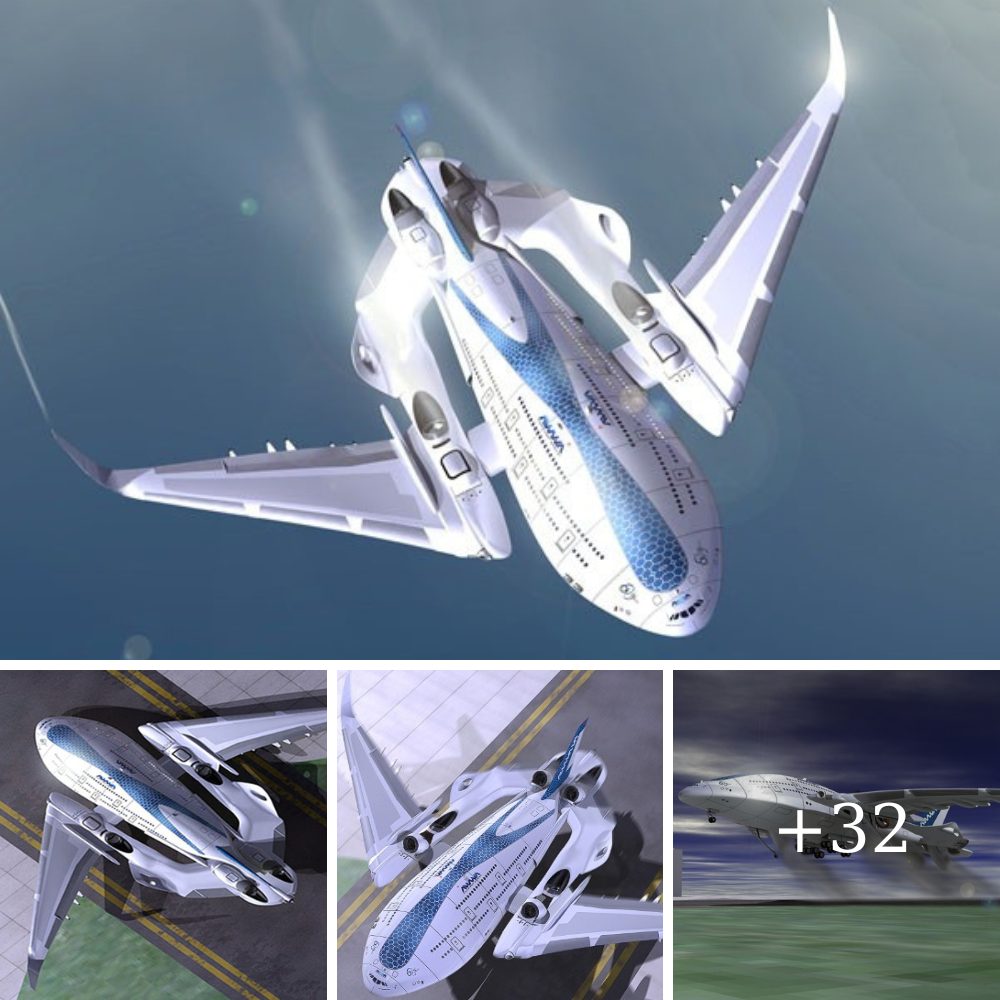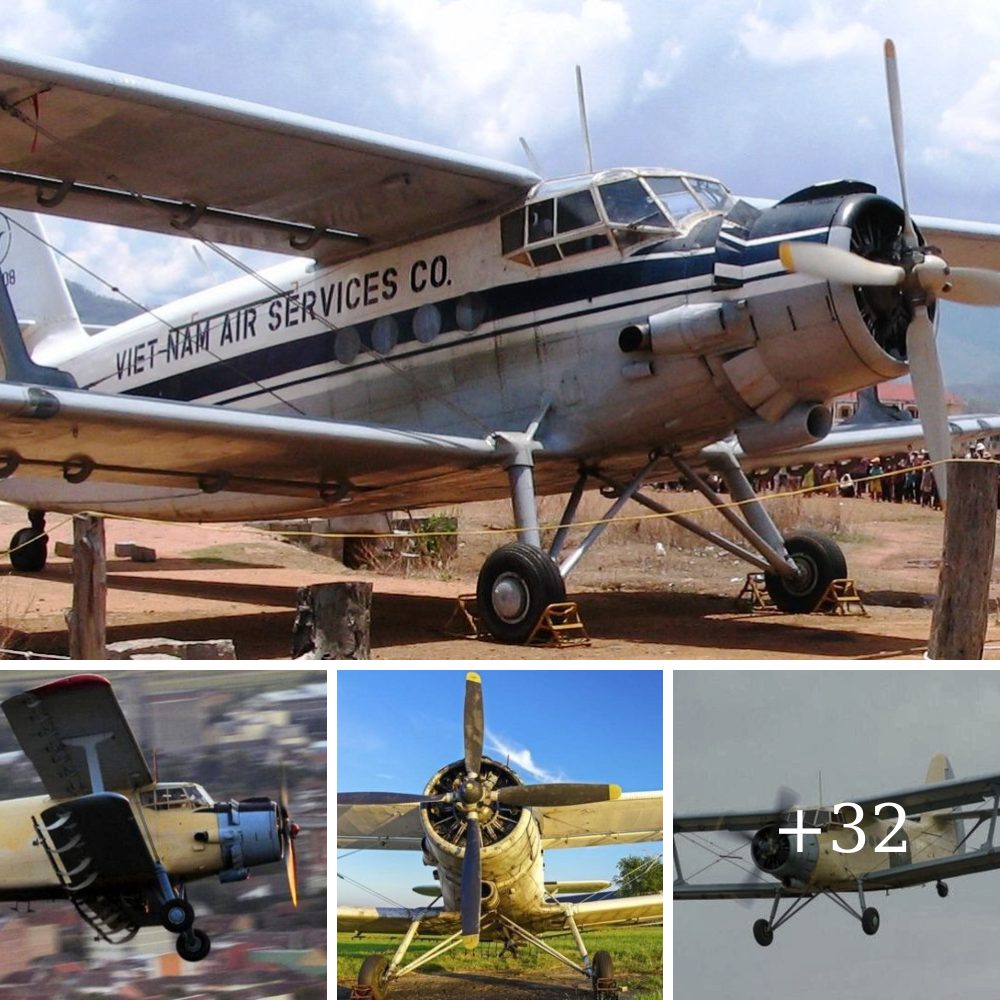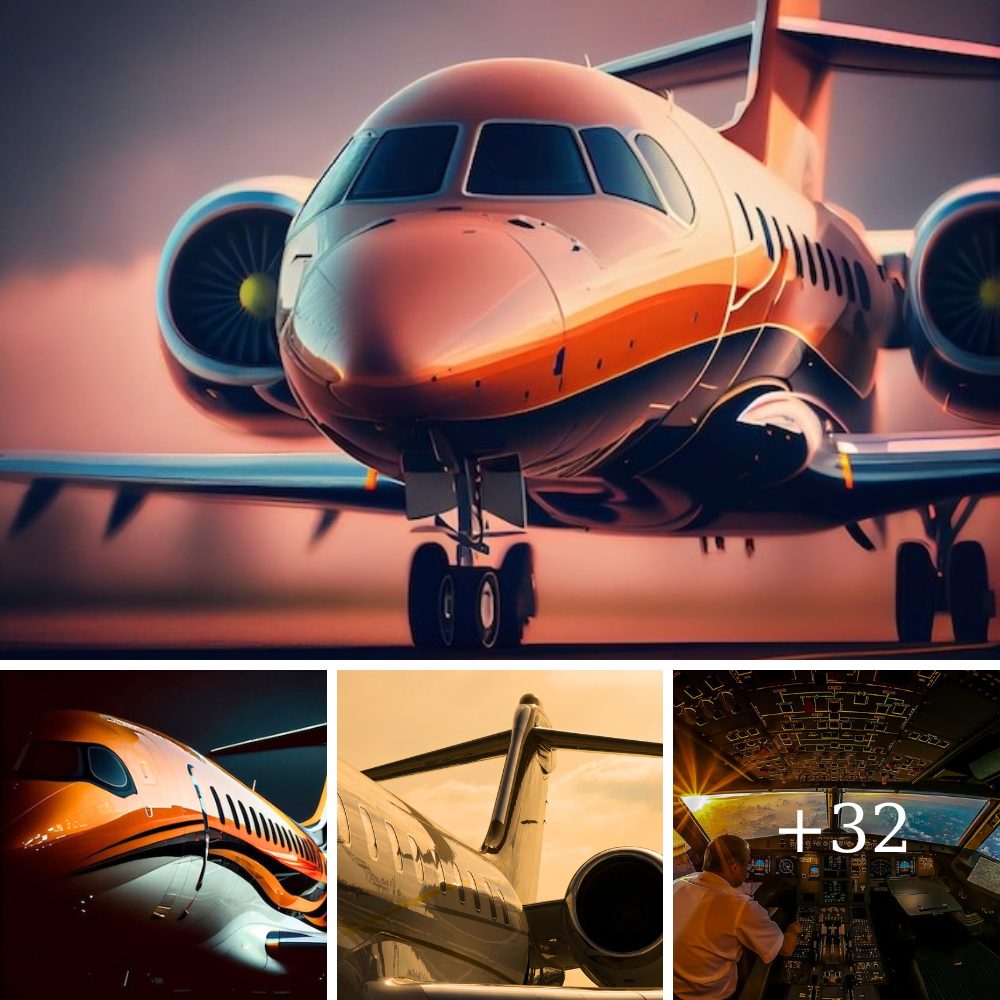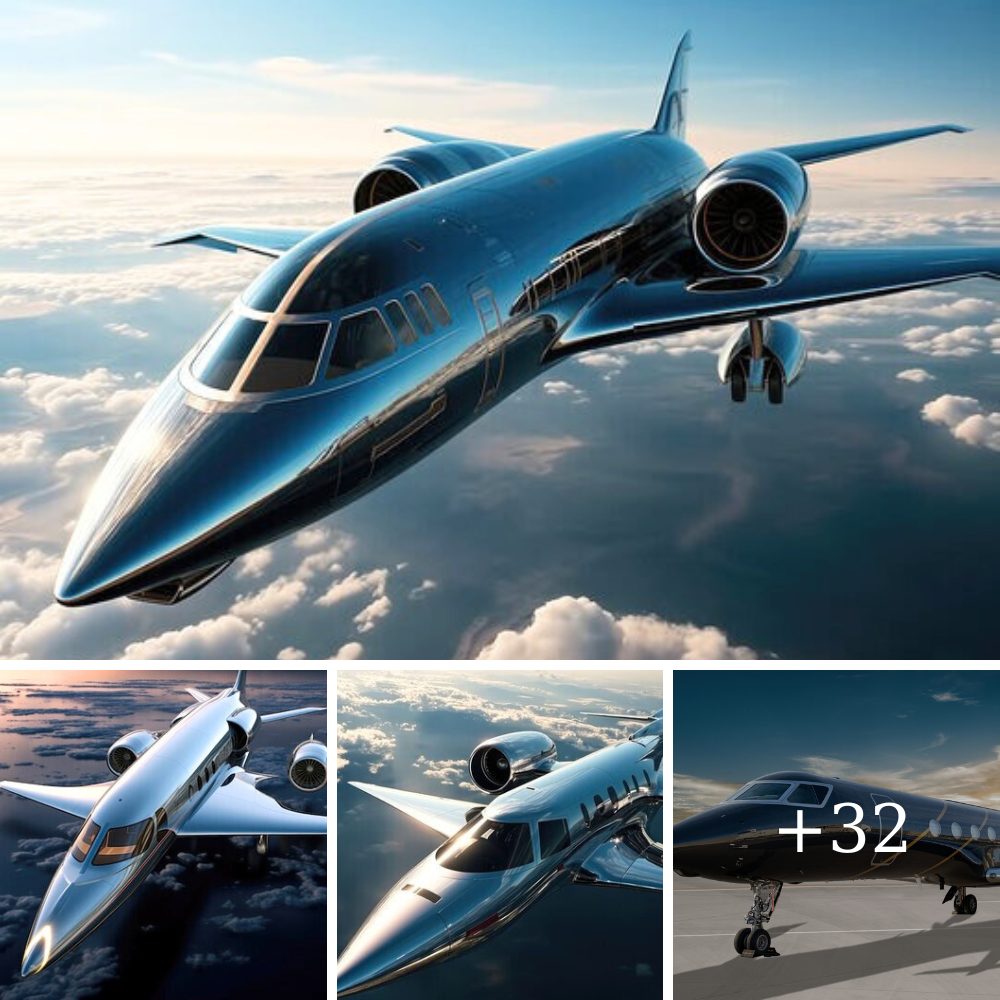NASA calls it X-57 Maxwell, and it is the testbed for a possible solution to electrify airborne transportation. The project, first announced in October 2019, is already entering testing stages, the American space agency announced in late February.
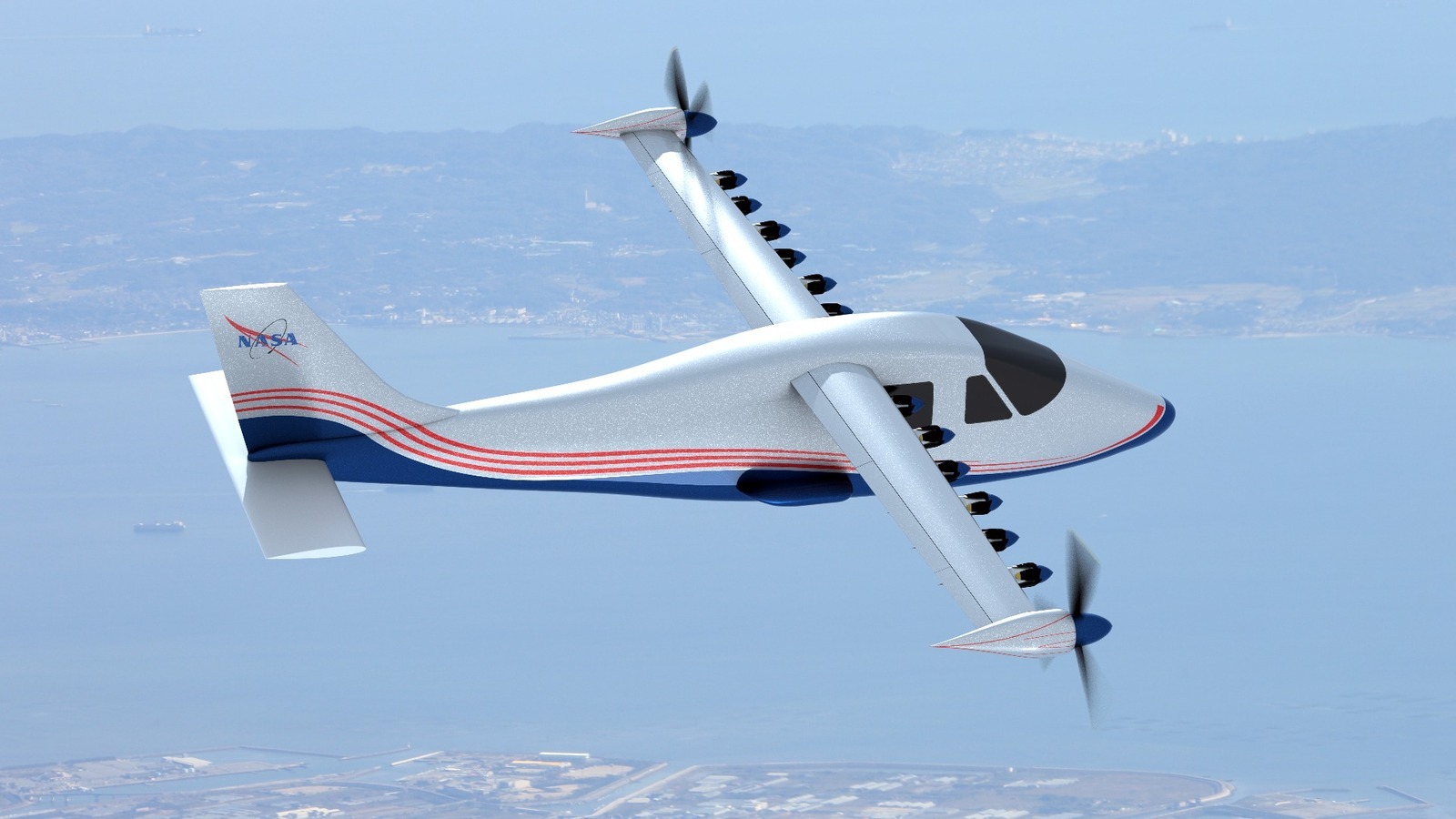
The X-57 Maxwell (based on a Tecnam P2006T) will make use of 60-kilowatt motors—a total of 12 of them could be installed on both wings and used during takeoff. When the plane reaches its cruising altitude, ten of the motors stop spinning the propellers, and they fold into their nacelles, leaving only the ones on the tip of each wing in operation. In theory, it should be capable of flying at a maximum altitude of 14,000 feet (4,300 meters) and cruise at 172 mph (277 kph).
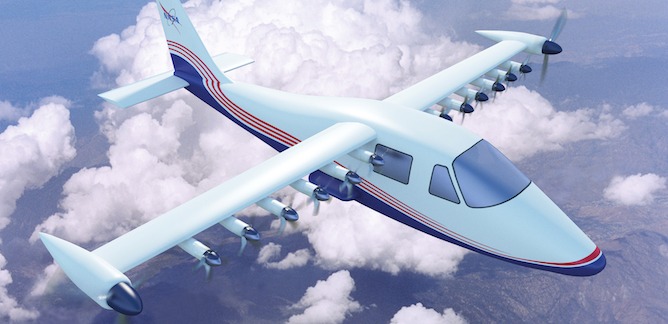
But we’re still some time away from that happening. NASA is barely on the verge of starting high-voltage functional ground testing, an operation that should begin soon at the Armstrong Flight Research Center in Edwards, California.
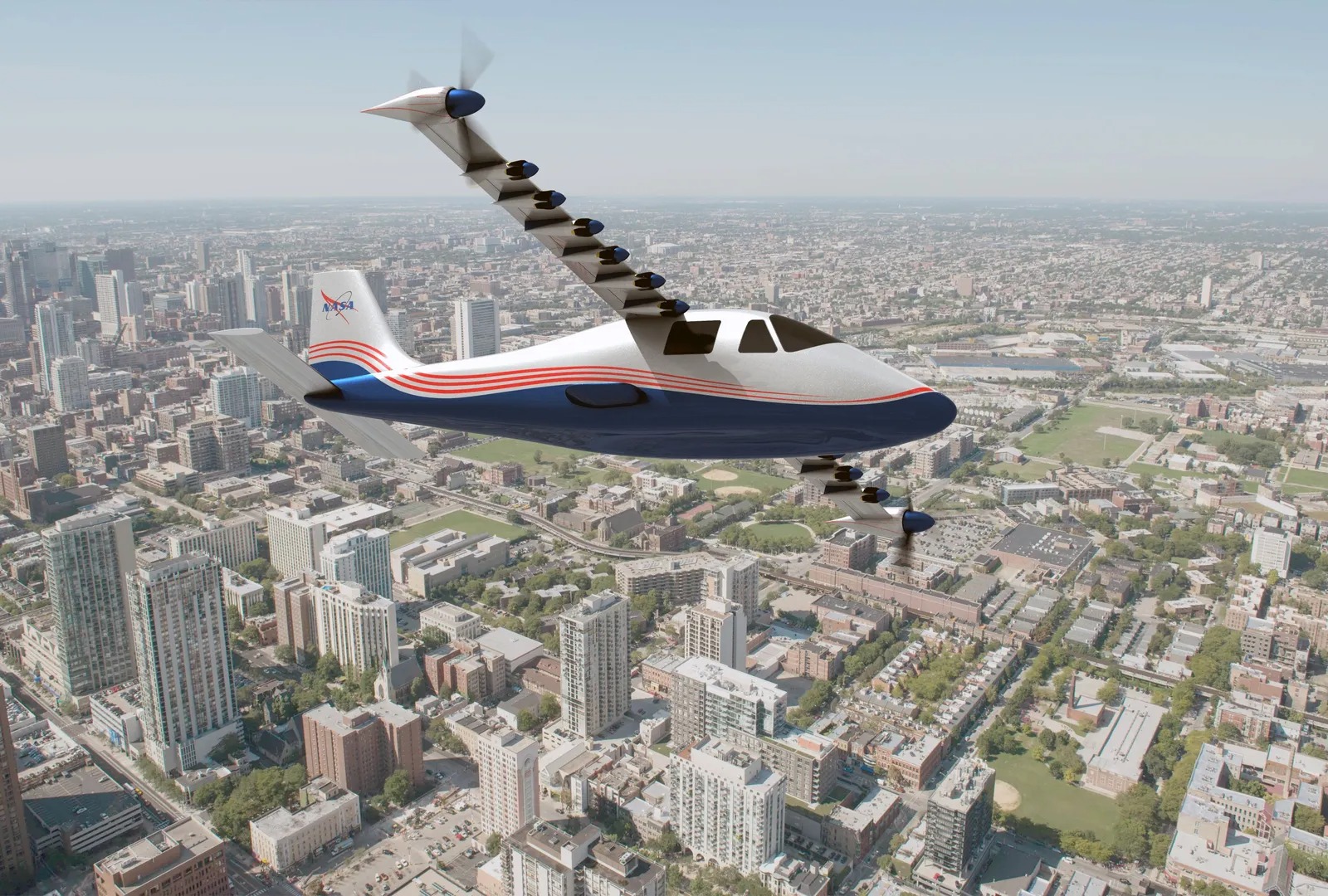
For the test, the X-57 will use a battery support system, meaning it will get its power from an external source, not the batteries that would eventually be used (those are not completed yet). Engineers will look into startup and shutdown sequences and the powering up of the first pair of electric motors, the ones ensuring cruise capabilities for the airplane.
“Many of the team members operating this test will be the same ones who will be sitting in the control room for flight, and that’s why I’m excited,” said in a statement Sean Clarke, NASA’s X-57 principal investigator.
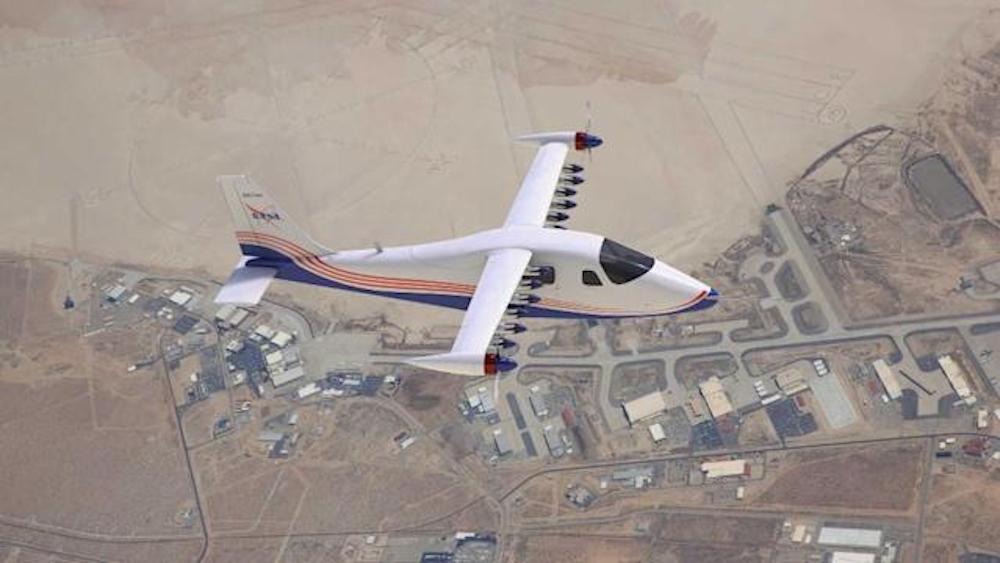
“We’ve turned a corner from system design and lab tests, to turning it over to the NASA flight systems and operations engineers to actually operate the vehicle. What they’re learning in this test, they’ll take with them into the control room for first flight.”
If all goes well, NASA will move forward with the project and eventually reach the taxi tests and first flight stage.
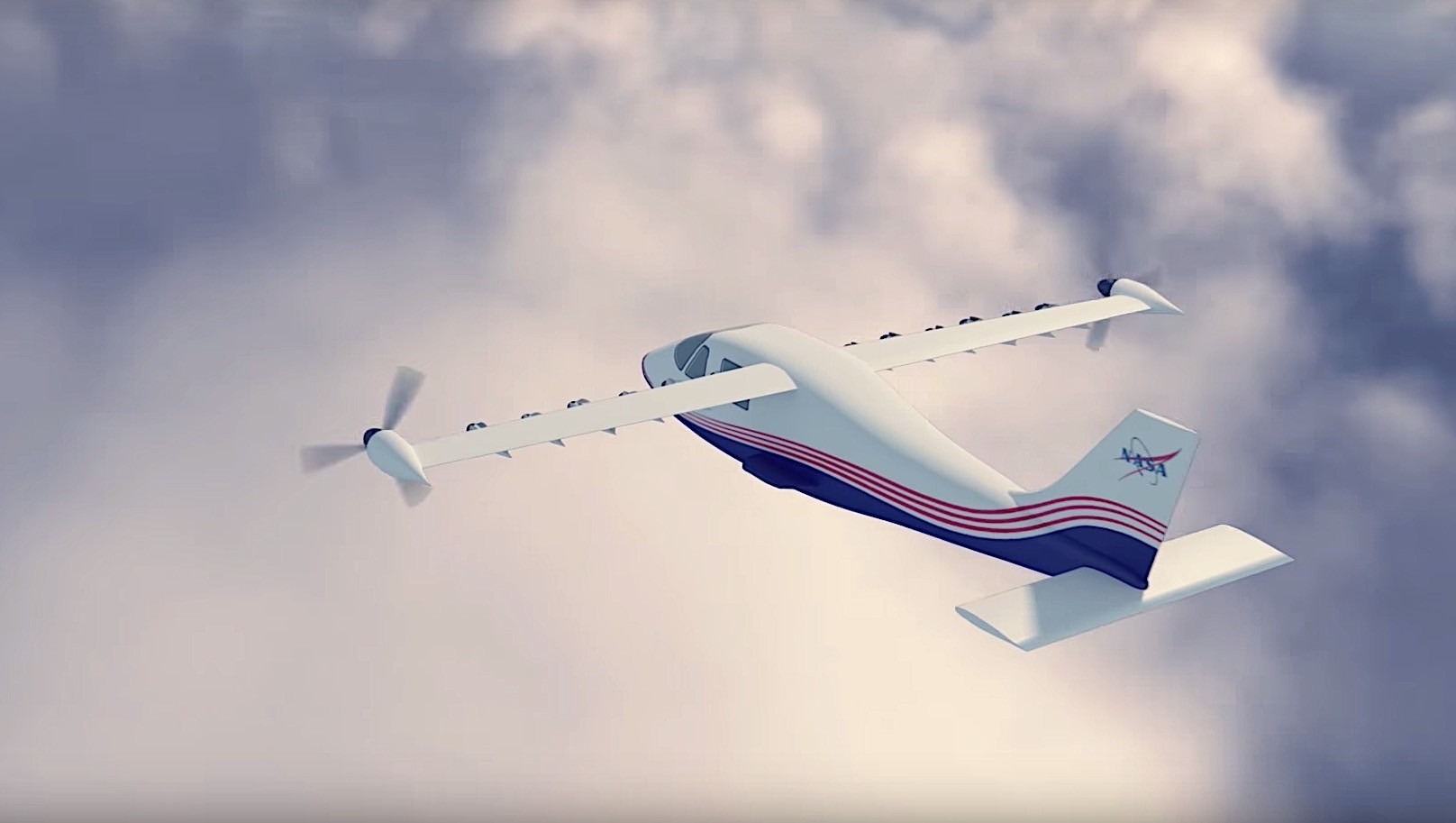
Daniel loves writing (or so he claims), and he uses this skill to offer readers a “behind the scenes” look at the automotive industry. He also enjoys talking about space exploration and robots, because in his view the only way forward for humanity is away from this planet, in metal bodies.


